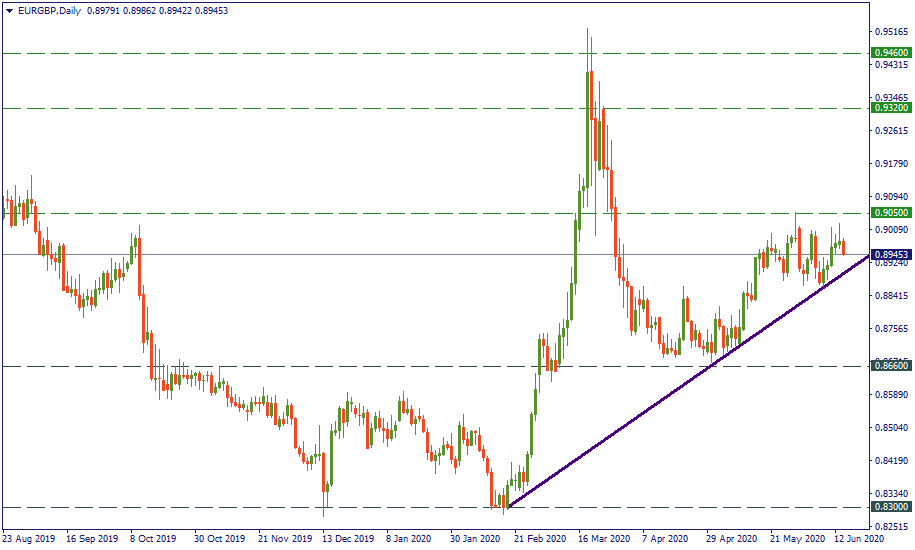BREXIT: status update
Timeline
June 12
The British authorities confirmed that December 2020 is the final deadline and cannot be extended.
June 15
The UK PM spoke with the EU Commission President to mark the next steps of negotiations.
June 29 – July 3
The EU and the UK chief Brexit negotiators meet in Brussels to (hopefully) agree on main lines including fisheries and level playing field.
July
Several rounds of discussions
August
The last round of talks in Brussels.
October
Individual EU member states are ratifying the agreement (which by now is supposedly finished).
December
End of the transition period.
Status
Until recently, the talks were pretty much in a stalemate. There was virtually no progress, and both the UK and the EU had openly admitted that. Yesterday, however, Boris Johnson had a call with Ursula von der Leyen which is reported to give a fresh push to negotiation. No concrete points were achieved, though, so this call may be perceived as a “call of intention”.
Comments
The British PM Boris Johnson:
“I don’t think we are actually that far apart… we see no reason why you shouldn’t get that done in July”.
Spokesman of Michel Barnier, Chief EU negotiator:
“We won’t just speed up. We have to remain focused on content and consequences”.
Impression
Both sides are quite adamant they don’t want to give in inch in crucial sectors such as fisheries, the jurisdiction of the European Court of Justice, and the level playing field. That’s why, fundamentally, there is a stalemate. However, Boris Johnson’s camp is pressed by the deadlines to complete what was promised to his voters, while the EU doesn’t really care about time as it openly admits. Therefore, internal social and political pressure is harder on the British side that it is on the European. That’s why, while both parties have an equal commitment to observer their respective interests, the UK is in a weaker negotiation position.
Consequences
Until Brexit is done, it will stay a “subversive” element in the GBP’s value against the EUR. Even if we remove the virus surge in March, the larger trend looks upwards since January 2020. It will likely stay so during the year while there no indication that both sides have come to a true agreement on their central demands. It is safe to expect EUR/GBP trade along and above the current resistance of 0.9050 until there is light in the tunnel for Brexit negotiations. As a thumb rule, whatever happens, including if nothing happens, the GBP will suffer more from an unsuccessful Brexit that the EUR.
